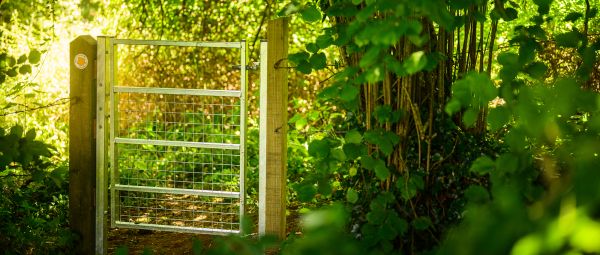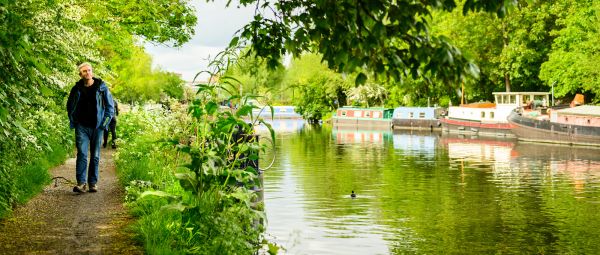Disabled access on public rights of way
For people with limited mobility there can be huge barriers to accessing the countryside.

Advice relevant to England and Wales only. Find information about access rights in Scotland.
More can be done to open up the countryside for everyone
Spending time in nature is good for our bodies and minds. We’re happier, healthier, and likely to live longer when we spend time in green spaces. The path network is always open to all walkers. But for people with limited mobility there can be huge barriers to accessing the countryside. Stiles, heavy gates and steps are common features that act as barriers. Every opportunity should be taken to remove these barriers.
Those working within the highway authority may assume that that a path is not accessible to a disabled person and therefore not think twice about installing a stile. Modern mobility scooters can make even the most rugged path accessible, but a stile will always be an unsurpassable barrier.
Unfortunately, many councils take the view that not all routes need to be accessible to all. Instead, the council may choose to improve the surface and structures of just a select few of the flattest or widest paths.
We think much more can and should be done to open up the countryside for everyone.
The law around disabled access
The Equality Act 2010 places a duty on local authorities to prevent discrimination against people with disabilities. Accordingly, local authorities must make reasonable adjustments to ensure paths are as accessible as possible.
New stiles, gates and bridges
Under Section 147 of the Highways Act 1980, the highway authority has the power to approve structures such as gates and stiles to control livestock.
When approving new structures, the local authority must consider the needs of people with limited mobility and should only approve the least restrictive option necessary to control the livestock.
For example, a two-way, self-closing gate with an Easy Latch as shown in this video would be the least restrictive way of keeping livestock in a field. If a more restrictive barrier can be justified, the best option is a large kissing gate which can be opened wide with a RADAR key as demonstrated in this video. The National Land Access Centre has more information about the range of options available to enable access to the countryside.
New bridges should be step-free, have sturdy guard rails and be at least 1.5 metres wide.
Existing stiles and gates
Stiles which have been approved by the local authority in the past can and should be replaced with a less-restrictive option.
In many places, parish, town and community councils fund the replacement of stiles with gates to provide better access to the countryside. Your local Ramblers path maintenance team may also be able to help.
Stiles and gates which have been in place since the time the path was dedicated for public use cannot be changed without permission from the landowner. By building a good relationship with the landowner and explaining the issue, groups and individuals may be able to persuade the landowner to install an alternative solution.
Additionally, some stone stiles in places like the North York Moors and squeeze-stiles in the Derbyshire Dales have been in place for hundreds of years. They are protected as part of our heritage. However, constructing a gap or gate nearby will allow full access for all.
Motorised vehicles
It is illegal to drive a mechanically propelled vehicle on public footpaths, bridleways and restricted byways. However, all mobility vehicles can travel legally anywhere a pedestrian can under Section 20 of the Chronically Sick and Disabled Persons Act 1970.
Further help
If you need help or advice on issues relating to disabled access in the countryside, the Disabled Ramblers will be pleased to assist you.

Dealing with problems on public paths
The Ramblers guide to reporting problems on public rights of way in England and Wales. Who is responsible, how to contact them and what to expect.

Problems on paths with no public right of way
Not all paths are public rights of way. Here’s our guidance on what to do if there’s a problem on a path and it isn’t a public right of way.

Access to nature in England - how is the government doing?
The Covid-19 pandemic made us more aware than ever of the importance of being able to access nature. But is the government doing enough to improve access?